Australian Border Force, Australian Criminal Intelligence Commission, Australian Federal Police, South Australia Police
South Australia was the only state or territory where amphetamine-type stimulants (ATS) were the most seized drug in 2015–16, according to a new report by the Australian Criminal Intelligence Commission (ACIC).
The Illicit Drug Data Report 2015–16, released today, shows the number of cannabis seizures exceeded that of ATS, such as methylamphetamine and MDMA, in all other states and territories this reporting period.
Minister for Justice, the Hon. Michael Keenan MP, launched the report alongside ACIC Chief Executive Officer, Mr Chris Dawson, in Sydney.
“In South Australia, 66.9 per cent of the number of illicit drug seizures related to ATS—the highest proportion reported by any state or territory in 2015–16,” Mr Dawson said.
“This reporting period South Australia reported the greatest percentage increase in the number of ATS arrests (280.1 per cent), the number of heroin and other opioid arrests (210.6 per cent), and the weight of other and unknown not elsewhere classified drug seizures (663.5 per cent).
“The report highlights the continued vigilance of law enforcement in combating illicit drugs in South Australia.”
For the first time, the Illicit Drug Data Report 2015–16 includes data for offenders participating in the South Australia Police Drug Diversion Program (excluding diversion records not related to a drug seizure).
“Understanding trends and emerging issues in the illicit drug market, both nationally and at a state and territory level, provides the ACIC and our partners with an opportunity to shape the response to both demand and supply, particularly in high-use areas,” Mr Dawson said.
Assistant Commissioner Scott Duval of the South Australia Police Crime Service said the results of the Illicit Drug Data Report 2015–16 clearly outline the proactive work the South Australia Police have been committed to in addressing amphetamine type stimulants (ATS) in our community.
“Operation Atlas 2016–2018 is focussed on detecting and reducing the amount of ATS on the streets,” Assistant Commissioner Scott Duval said.
“The operation is ongoing and the report clearly indicates that South Australia had 66.9 percent of the number of illicit drug seizures attributed to ATS - which is the highest proportion reported by any state or territory for that period.”
Australian Federal Police (AFP) Commissioner Andrew Colvin said the Illicit Drug Data Report annually provides a valuable insight into the challenges faced by law enforcement.
“Drug seizures at our borders and those made on the streets by our state and territory counterparts indicate that Australia continues to be an attractive market for international organised crime syndicates,” Commissioner Colvin said.
“The AFP will continue working with local and international law enforcement agencies to disrupt and dismantle these syndicates. However, the entire Australian community needs to work together to examine how we can combat issues associated with demand for these substances.”
Australian Border Force (ABF) Acting Commissioner Michael Outram said the ABF has a pivotal role in preventing these dangerous and illicit substances from entering Australia.
“The numerous instances of record detections this reporting period serve as a reminder of the continued threat that illegal drugs pose on the Australian public,” Acting Commissioner Outram said.
“The prevalence of methylamphetamine and its precursors discovered at our borders follows a concerning trend over recent years. The ABF is working with domestic and international law enforcement agencies to combat this ruinous drug.”
The Illicit Drug Data Report 2015–16 is a statistical report which provides governments, law enforcement agencies and policy makers with a robust picture of the Australian illicit drug market. It brings together data from all state and territory police agencies, the Australian Federal Police, the Department of Immigration and Border Protection/Australian Border Force, forensic laboratories and research centres.
“The statistics in the report will inform prioritisation and decision-making as we continue to discover, understand and respond to the threat and harm caused by illicit drugs,” Mr Dawson said.
The Illicit Drug Data Report 2015–16 is available online at www.acic.gov.au
